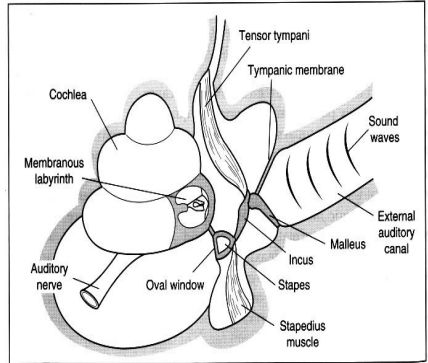Communication and Echolocation
1/26
There's no tags or description
Looks like no tags are added yet.
Name | Mastery | Learn | Test | Matching | Spaced |
|---|
No study sessions yet.
27 Terms
Types of Communication
1.) visual
2.) auditory
3.) chemical
4.) tactile
Visual Communication
Communication through displays (less ambiguous), movements (show intention), and autonomic responses (piloerection- hair standing up)
Possible functions for displays of strength and health:
– Warning conspecifics
– Social cohesion
– Confusion effect
– Pursuit deterrence
Auditory Communication
Communication through sound signals for contact, boundaries, and recognition
Chemical Communication
Communication using pheromones, allomones, urine, and feces
Chemical Communication: Urine and Feces
– Contain metabolic wastes that serve as chemical signals
– Deposit at specific sites - territories
– Indicate physical condition - estrus
Chemical Communication: Reproduction behavior
• Reproductive behavior influenced by smell
Vomeronasal organ or Flehmen
Vomeronasal organ
branch of the nasal epithelium that forms a pocket that may open to the mouth cavity - important for detecting sexual pheromones
Flehmen
a behavior exhibited by mammals, that involves curling the upper lip and inhaling with the mouth open. This behavior exposes the vomeronasal organ to a scent or pheromone.
Tactile Communication
Communication through precopulatory behaviors and grooming for social bonds
Pheromone
Chemical substance affecting behavior or physiology of the same species
Allomones
Chemical compounds altering behavior of a different species
Echolocation
High-frequency sound pulses help to navigate and sense objects: give same amount of info as sight
• Bats: Sound produced by larynx (like we do); reflected sound (echo) may be picked up by the bat.
Limitations of Echolocation
Sound is attenuated (lost) rapidly in air.
spreading loss: loss from dissipation of sound away from source
absorptive loss: sound absorbed by atmosphere (curved lines)
Frequency
Sound pitch measured in Hertz, determining cycles per second
Amplitude
Sound intensity measured in decibels (dB) relative to pressure
What is sound?
Mechanical vibrations transmitted by an elastic medium.
How do mammalian ears receive sound?
1. Sound pressure waves vibrate tympanic membrane and vibrate it.
2. Vibrations are transferred across the middle ear by the three ear ossicles.
3. The vibrations transmitted to fluid-filled inner ear at the oval window.
4. High frequency vibrations (waves) travel further down cochlea.
5. Hair cells in the cochlea are stimulated by the waves and the pattern.

Bandwidth
Range of frequencies produced in echolocation signals
Spermaceti Organ
Organ containing spermaceti for focusing echolocation signals
Echolocation in Cetaceans
Underwater echolocation using single clicks for detection and multiple clicks for communication
Sound Production
Sound produced in nasal sac system for echolocation
Sound Reception
Echoes received via mandible, channeled to auditory bullae for processing
High/Low Frequency Limitations
High frequencies reflect off small objects, low frequencies bend around small objects
Human/Bat Hearing Range
Humans: 20 Hz-20 KHz; Bats: 20 KHz-200 KHz
Echolocation Modulation
Narrowband (CF) for target detection, broadband (FM) for pinpointing targets
Echolocation in Shrews & Tenrecs
Terrestrial mammals echolocating with unique audible clicks and ultrasonic squeaks